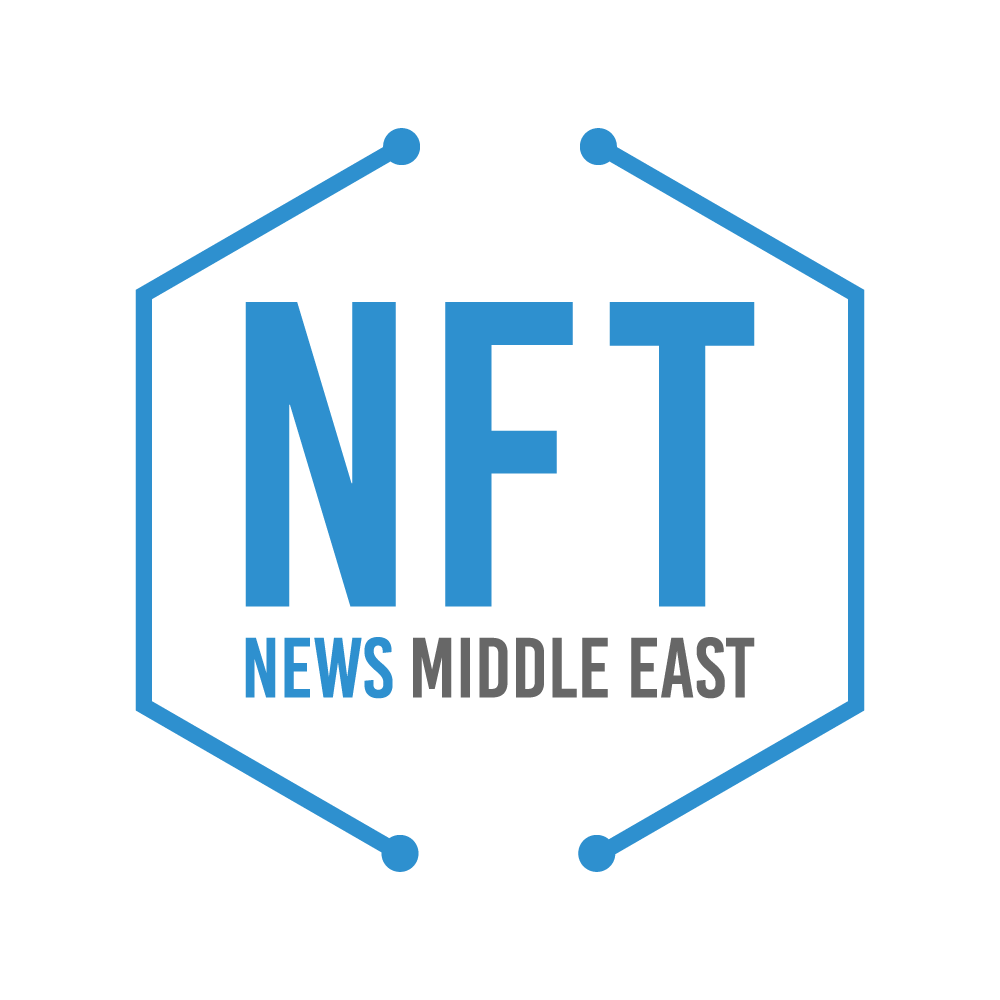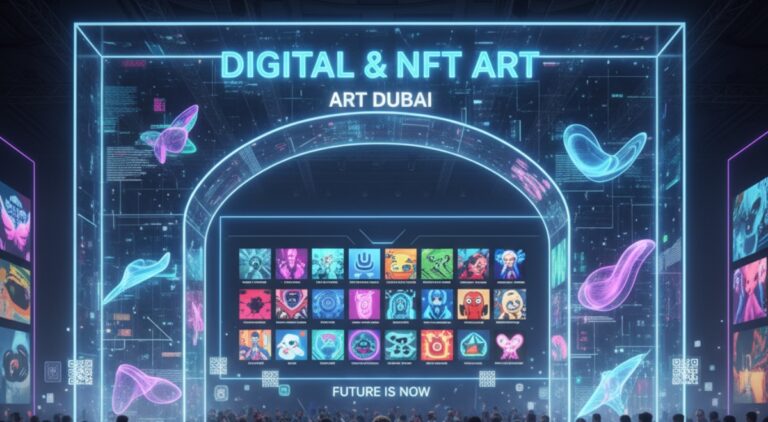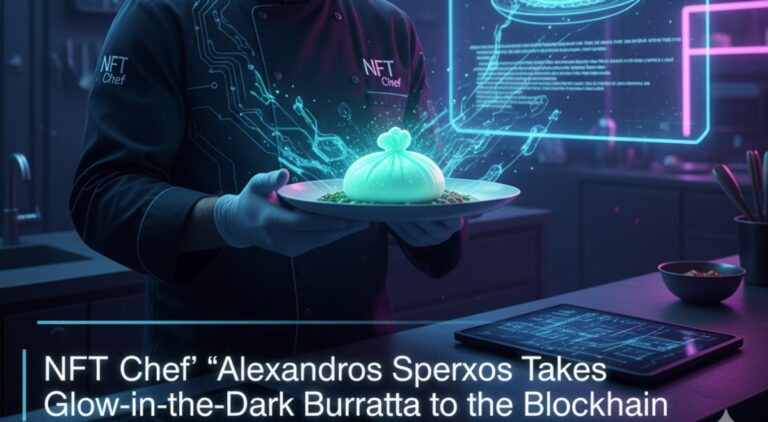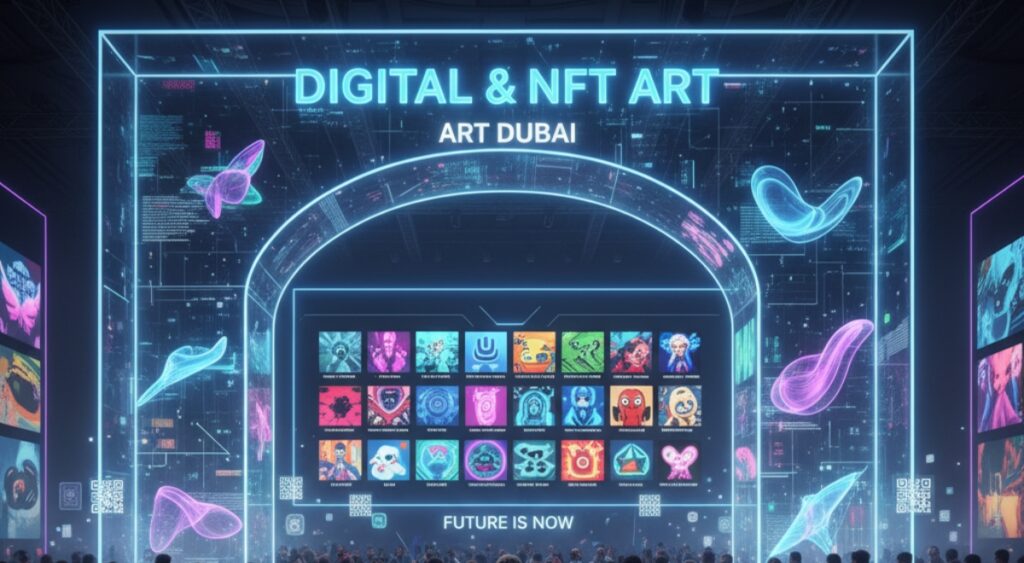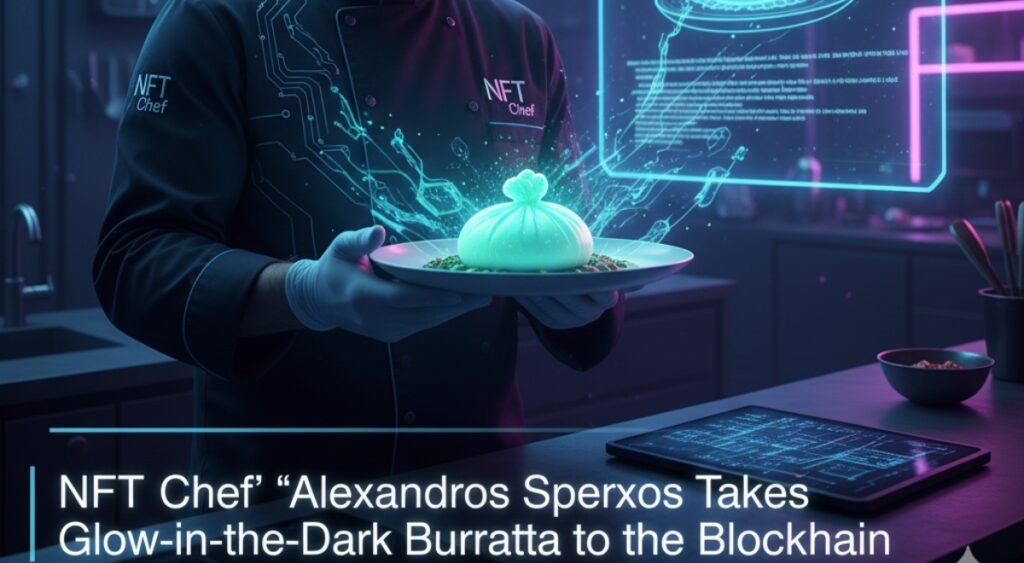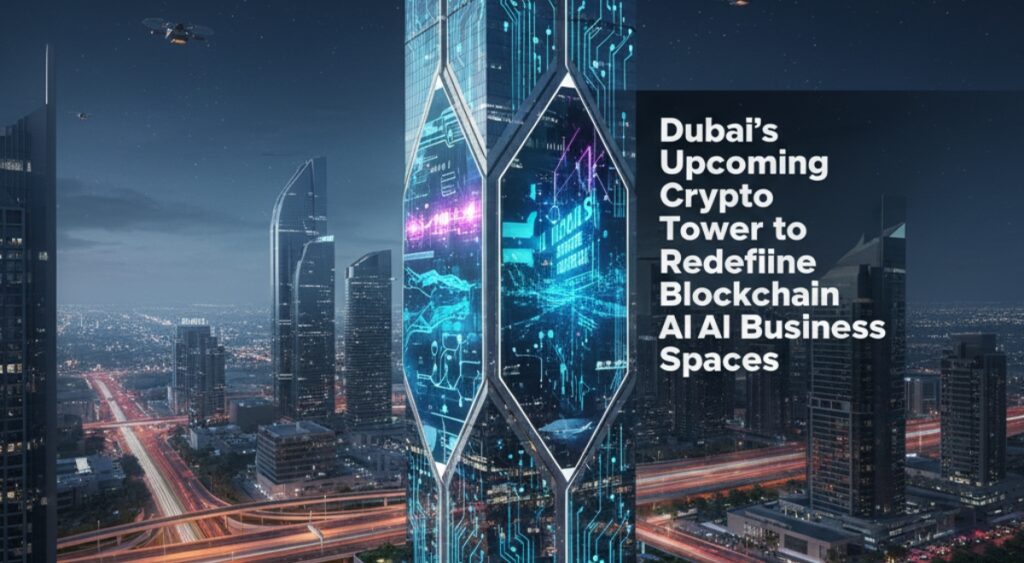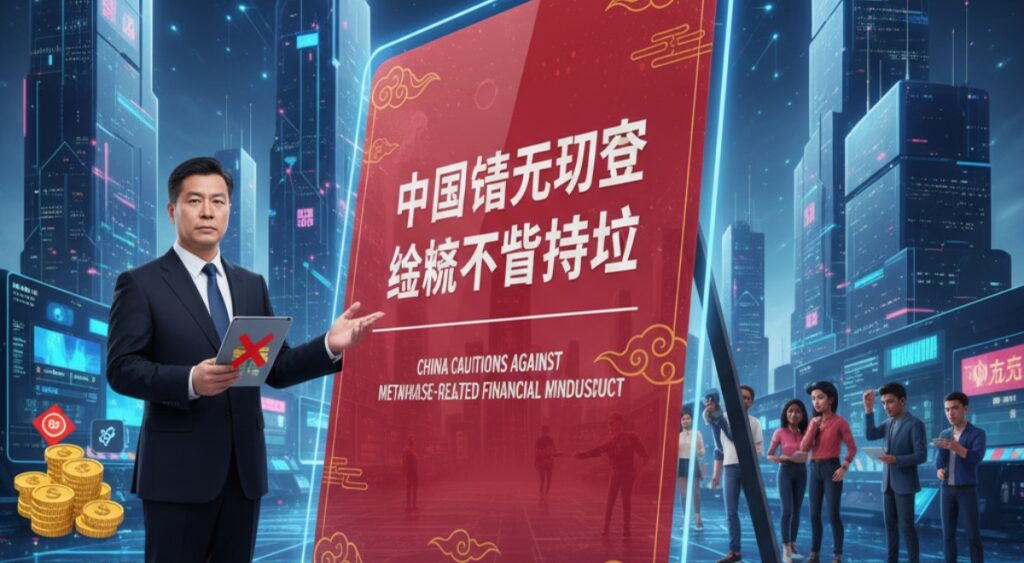Major Shift for Axie Infinity Creator
Sky Mavis, the Vietnamese blockchain gaming studio behind Axie Infinity, has announced plans to transition its Ronin blockchain network into a full-fledged Ethereum Layer 2 (L2) chain by next year. The move marks a significant strategic shift for the company, which has become a major player in the non-fungible token (NFT) gaming space.
The announcement came via an August 15 blog post on the company’s Ronin X account, outlining how the network will evolve from its current Ethereum Virtual Machine (EVM)-based architecture to an L2 chain fully aligned with Ethereum.
What the Transition Means
An Ethereum Layer 2 network operates on top of the Ethereum mainnet, handling transactions off-chain before settling them on Ethereum. This approach significantly improves scalability and speeds while benefiting from Ethereum’s security and decentralization.
For Ronin, the shift means becoming a multi-purpose blockchain that supports applications far beyond NFT gaming. Sky Mavis says the upgrade will make transactions up to 12 times faster while reducing costs and expanding utility.
From Gaming-Specific Network to Multi-Purpose Chain
Sky Mavis launched Ronin in February 2021 to address the high gas fees and limited scalability of Ethereum’s Layer 1 during the height of Axie Infinity’s popularity. The network delivered near-instant transactions and negligible fees, enabling millions of in-game NFT trades without congestion.
Over time, Ronin became one of the most active NFT blockchains, hosting millions of daily active users, processing over $4 billion in NFT transactions, and achieving more than 31 million wallet downloads. By 2024, it had emerged as the fourth most traded blockchain network, according to market data.
Axie Infinity, verified by the Guinness Book of World Records as the top NFT project by all-time trading volume, remains the flagship of the Ronin ecosystem. However, Ronin has also attracted other Web3 game developers, building a thriving community of users and creators.
Why the Shift Is Happening Now
When Ronin was first developed, Ethereum’s scaling solutions were still in their infancy. Sky Mavis needed a faster, dedicated chain to keep up with the demands of its rapidly growing player base.
Today, the landscape has changed. Ethereum’s network upgrades and scaling roadmap have improved performance and reduced transaction costs, making it viable for Ronin to re-integrate more closely with Ethereum’s ecosystem.
Humaid Al Dhaheri, Managing Director and Group CEO of ADNEC, explained the rationale:
“Four years ago, we built Ronin for Axie Infinity because the Ethereum network wasn’t yet ready to meet our needs. Now, Ethereum is stronger than ever, and this transition allows Ronin to tap into its security, decentralization, and growing developer ecosystem while expanding our capabilities.”
Implications for the Web3 Gaming and NFT Market
The transition to an Ethereum L2 could have far-reaching implications for NFT gaming. By aligning with Ethereum, Ronin will gain access to a broader liquidity pool, increased developer interest, and deeper integration with the wider DeFi and NFT infrastructure.
For players and developers, the shift promises faster transactions, lower costs, and the ability to leverage Ethereum’s robust tooling and security. It also opens the door for non-gaming applications, allowing Ronin to diversify beyond its original Axie-centric use case.
A New Chapter for Sky Mavis
Founded in 2018 and headquartered in Ho Chi Minh City, Vietnam, Sky Mavis has raised over $300 million from more than 35 investors. The studio’s mission has always been to empower digital ownership through blockchain-based gaming and infrastructure.
With the upcoming upgrade, Sky Mavis is positioning Ronin not just as a gaming chain but as a general-purpose Ethereum Layer 2 network — potentially transforming it into a competitive player in the broader blockchain space.
As the shift unfolds over the coming year, industry watchers will be closely following Ronin’s evolution to see if it can replicate its gaming success in the wider world of decentralized applications.
